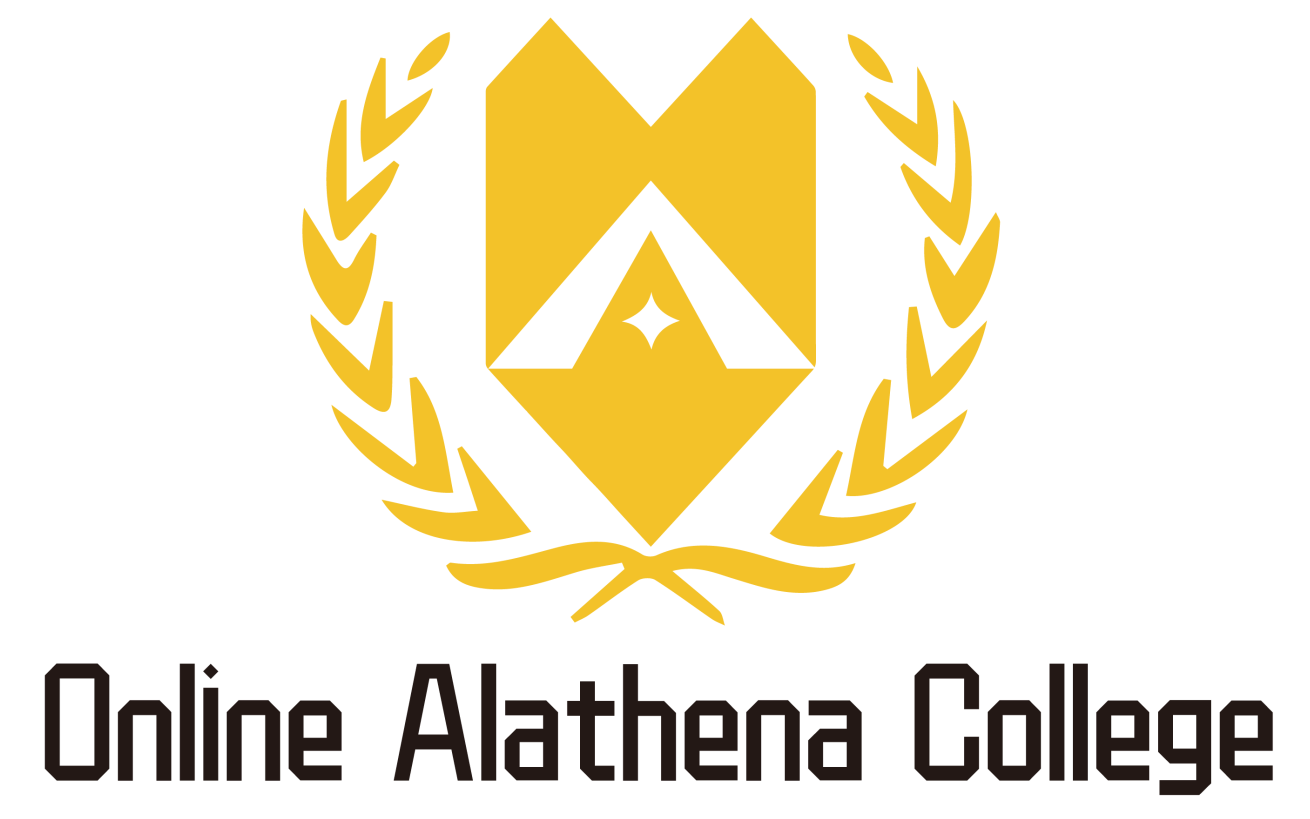Write your awesome label here.
ENG2D
-
Course codeENG2D
-
LevelGrade 10
-
Study time110 hours
-
Credit Value1.0
-
PrerequisitesENG1D or ENG1P
-
Curriculum PolicyEnglish, The Ontario Curriculum, Grades 9 and 10, 2007 (Revised)
Course Description
Unit 1: Fictive and Non-fictive Texts
In this unit, students will explore the narrative voice through a variety of fictive and non-fictive
texts. Narration, narrative voice and narrative time will engage students in how a story is conveyed
to an audience in literary, creative and factual formats
Unit 2: Novel Study
Students will learn about the voice of experience in a novel study unit on Harper Lee’s classical
novel, To Kill a Mockingbird. Students will enter into the world of Maycomb to learn about
inspiring characters, and how place and setting will work to deconstruct notions of justice,
prejudice and coming of age.
Unit 3: Poetry
In this unit, students will navigate various forms and styles of poetry while creating their own
poetry anthology by the end of the course of this unit. The application of poetic terms and close
reading of poetry will be lead in a group and individual settings while students learn the
foundations of literary language to articulate their response to poetry.
Unit 4: Romeo and Juliet
In this unit, students practise skills in written and spoken language in a study of Shakespeare's Romeo and
Juliet. Students will participate in an interactive setting to experience Elizabethan theatrical language to
propel both the critical and performative elements of this play. Students will complete various activities
and will also conduct a scene performance.
Overall Curriculum Expectations
A. ORAL COMMUNICATION
- A1. Listening to Understand: listen in order to understand and respond appropriately in a variety of situations for a variety of purposes;
- A2. Speaking to Communicate: use speaking skills and strategies appropriately to communicate with different audiences for a variety of purposes;
- A3. Reflecting on Skills and Strategies: reflect on and identify their strengths as listeners and speakers, areas for improvement, and the strategies they found most helpful in oral communication situations.
B. READING AND LITERATURE STUDIES
- B1. Reading for Meaning: read and demonstrate an understanding of a variety of literary, informational, and graphic texts, using a range of strategies to construct meaning;
- B2. Understanding Form and Style: recognize a variety of text forms, text features, and stylistic elements and demonstrate understanding of how they help communicate meaning;
- B3. Reading With Fluency: use knowledge of words and cueing systems to read fluently;
- B4. Reflecting on Skills and Strategies: reflect on and identify their strengths as readers, areas for improvement, and the strategies they found most helpful before, during, and after reading.
C. WRITING
- C1. Developing and Organizing Content: generate, gather, and organize ideas and information to write for an intended purpose and audience;
- C2.Using Knowledge of Form and Style: draft and revise their writing, using a variety of literary, informational, and graphic forms and stylistic elements appropriate for the purpose and audience;
- C3. Applying Knowledge of Conventions: use editing, proofreading, and publishing skills and strategies, and knowledge of language conventions, to correct errors, refine expression, and present their work effectively;
- C4. Reflecting on Skills and Strategies: reflect on and identify their strengths as writers, areas for improvement, and the strategies they found most helpful at different stages in the writing process.
D. MEDIA STUDIES
- D1. Understanding Media Texts: demonstrate an understanding of a variety of media texts;
- D2. Understanding Media Forms, Conventions, and Techniques: identify some media forms and explain how the conventions and techniques associated with them are used to create meaning;
- D3. Creating Media Texts: create a variety of media texts for different purposes and audiences, using appropriate forms, conventions, and techniques;
- D4. Reflecting on Skills and Strategies: reflect on and identify their strengths as media interpreters and creators, areas for improvement, and the strategies they found most helpful in understanding and creating media texts

